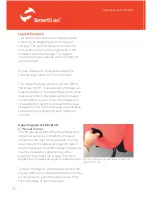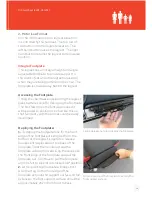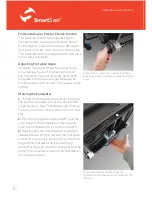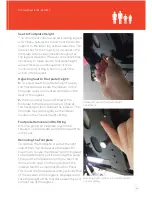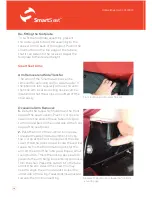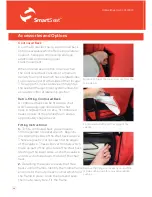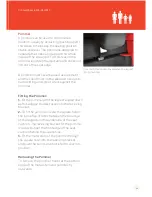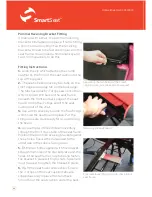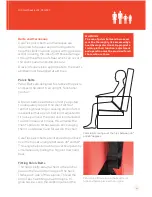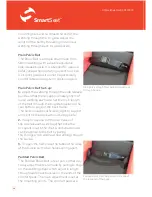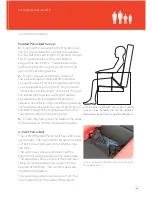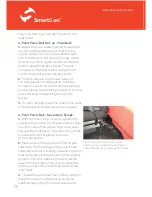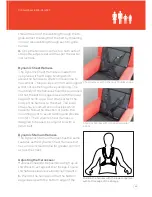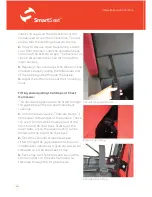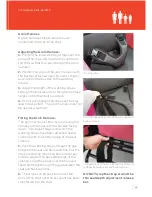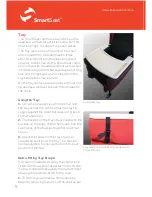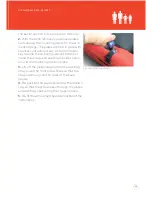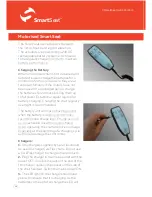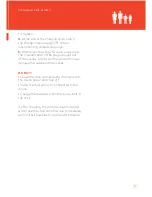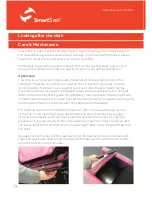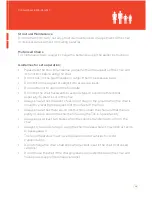
UI SmartSeat iss01, 03/2013
Belts and Harnesses
CareFlex pelvic belts and harnesses are
designed to be used as positioning aids to
help the client maintain a good sitting posture
whilst reducing the risk of soft tissue damage
through the effects of shear which can occur if
the client has an unstable posture.
A level of supervision appropriate to the client’s
abilities must be applied at all times.
Pelvic Belts
Pelvic Belts are designed to stabilize the pelvis
and keep the client in an upright, functional
position.
All pelvic belts need to be correctly adjusted
to adequately support the client without
restricting breathing or causing discomfort. It
is essential that a pelvic belt is not adjusted to
fit loosely around the client and is not allowed
to work loose over time as this will allow the
client’s pelvis to tilt backwards, encouraging
them to slide down and forward in the chair.
CareFlex pelvic belts are intended to pull back
over the hips at an angle between 45° and 60°.
This angle helps to maintain a vertical pelvis by
simultaneously pulling the hip joint down and
back.
Fitting Pelvic Belts
The pelvic belts are attached to the anchor
bars on the rear bottom edge of the back
frame each side of the valance. Thread the
end of each webbing strap through a tri-
glide buckle. Loop the webbing around the
27
WARNING
The use of pelvic belts and harnesses
must be thoroughly risk assessed by a
healthcare professional. Appropriate
training in their function, adjustment
and operation must be provided for all
those who use them.
Pelvic Belt coming over the hips between 45°
and 60° degrees.
Pelvic strap fitted around the back frame
tube and held in place with a tri-glide.


